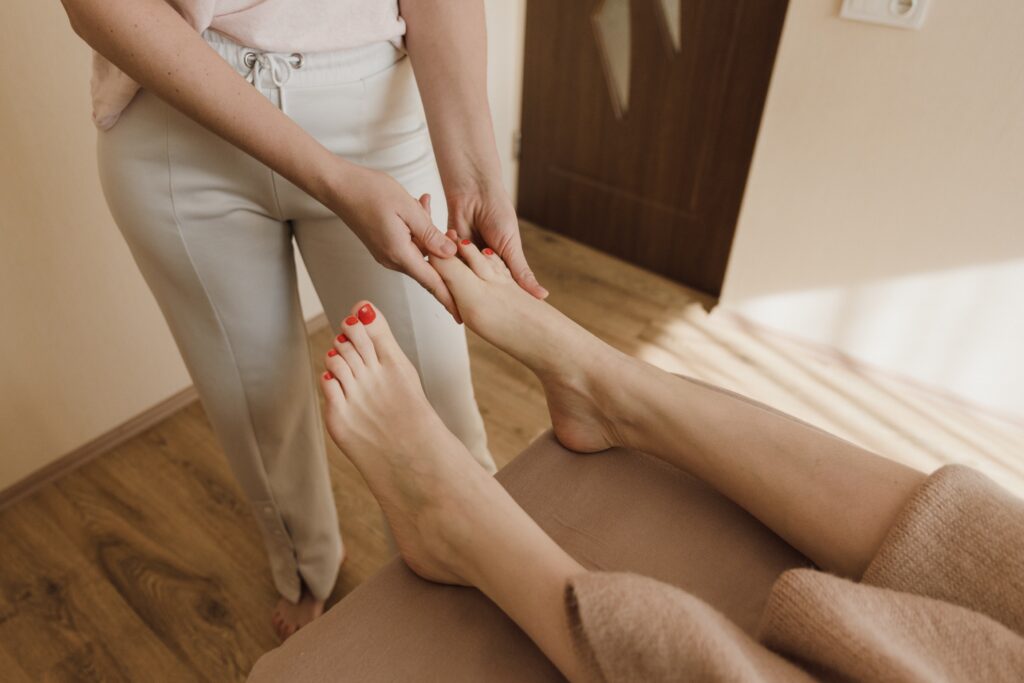The Benefits of Physical Therapy in Preventing Reinjury and Managing Sesamoiditis Symptoms
Introduction
Are you suffering from sesamoiditis? If so, you’re not alone! This condition is among the most common foot injuries experienced by athletes and active individuals. The good news is that physical therapy (Physical Therapy) can be a big help in managing the pain of sesamoiditis as well as preventing reinjury.
In this article, we’ll explore how Physical Therapy can help with sesamoiditis. We’ll discuss what to expect when you arrive for physical therapy, the types of exercises that may be recommended, and how long recovery typically takes. By understanding the benefits of Physical Therapy for sesamoiditis, you can take proactive steps towards alleviating the pain and getting back to your active lifestyle.
What to Expect at Physical Therapy
When you first arrive for physical therapy, your Physical Therapy will assess your condition and create a treatment plan that’s tailored to your individual needs. This may include manual exercises, stretches, mobilization of joints and soft tissue, neuromuscular re-education, modalities such as ultrasound or laser therapy, and gait training. Your physical therapist may also recommend taping or bracing to support your foot.
Your physical therapist will also likely give you advice on lifestyle modifications, such as avoiding activities that can worsen the condition and using orthotics or other devices to help protect your feet from further injury. Your Physical Therapy will also discuss strategies for managing the pain and swelling associated with sesamoiditis in order to keep it under control.
What Types of Exercises You Might Do
Your physical therapist will create a customized exercise program that is tailored to your unique needs. The exercises may include:
Range of motion (ROM) exercises to improve mobility of the foot, ankle, and big toe joint
Strengthening exercises to help strengthen the muscles that support the feet, ankles, and toes
Stretching exercises to help maintain flexibility in the foot, ankle, and big toe joint
Balance exercises to improve balance coordination
Gait training to help you learn to walk without putting extra stress on your feet
Activity-specific exercises that are designed for activities like running, swimming, or dancing.
Your physical therapist may also suggest using a foam roller or other tools to massage the surrounding muscles and tissue. This can help reduce pain and swelling.
How Long Recovery Takes
The amount of time it takes to recover from sesamoiditis can vary depending on the severity and chronicity of your condition. In general, a full recovery may take several weeks or months, but it is important to follow your physical therapist’s instructions for exercises and lifestyle modifications to ensure that you are healing properly.
How Physical Therapy Prevents Reinjury
Physical therapy can be an effective way to help prevent reinjury of sesamoiditis by strengthening muscles and improving balance. Your physical therapist will work with you to develop an individualized exercise program that focuses on improving strength, flexibility, and coordination in the foot, ankle, and big toe joint. This can help reduce the risk of reinjury and allow you to return to your favorite activities without fear of further injury.
Conclusion
Sesamoiditis, a painful condition, can significantly disrupt daily activities. Thankfully, physical therapy offers an effective approach to manage sesamoiditis symptoms and regain functionality. By targeting muscle strength and coordination, physical therapy aims to alleviate pain, reduce swelling, and minimize the risk of reinjury. Although full recovery may take several weeks or months, your dedicated physical therapist will devise a tailored treatment plan to help you return to an active, pain-free lifestyle.

